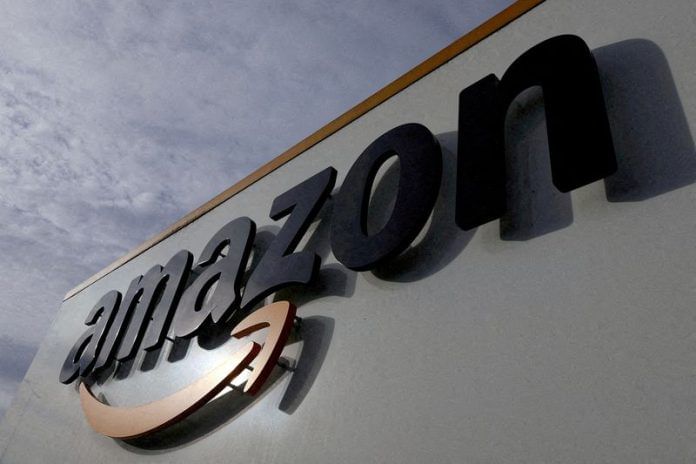By Diane Bartz, Arriana McLymore and David Shepardson
WASHINGTON (Reuters) -Amazon.com used a series of illegal strategies to stay on top of online retailing including using an algorithm to push up prices to U.S. households by more than $1 billion, the Federal Trade Commission (FTC) said in a less-redacted version filed on Thursday of its previous complaint against the company.
The newly revealed details also shed light on how the $1 trillion company, which has 1 billion items in its online superstore, required sellers under the company’s Prime feature to use its logistics and delivery services, the FTC said.
The FTC lawsuit was filed in September but many details were withheld from public view until Thursday when a version of the lawsuit with fewer redactions was made public in U.S. District Court in Seattle.
Amazon created a “secret algorithm internally code named ‘Project Nessie’ to identify specific products for which it predicts other online stores will follow Amazon’s price increases. … Amazon used Project Nessie to extract more than a billion dollars directly from Americans’ pocketbooks,” the FTC said.
Amazon spokesman Tim Doyle said the FTC “grossly mischaracterizes” the pricing tool and the company stopped using it several years ago.
“Nessie was used to try to stop our price matching from resulting in unusual outcomes where prices became so low that they were unsustainable,” Doyle said.
Amazon began testing the pricing algorithm in 2010 to see if other online retailers tracked its prices and to raise prices for products that were likely to be tracked by competitors, the complaint said.
After outside retailers began matching or increasing their own prices, Amazon would continue to sell the product at an inflated price, the FTC alleged, which resulted in $1 billion in excess profit.
Amazon paused the algorithm during its Prime Day sales events and the holiday shopping season when there was more media and customer attention on the online retailer, the FTC said.
“After the public’s focus turned elsewhere, Amazon turned Project Nessie back on and ran it more widely to make up for the pause,” the lawsuit said.
Amazon in April 2018 used it to set prices for more than 8 million items purchased by customers that collectively cost almost $194 million, the complaint said, before pausing it in 2019.
“While Project Nessie is currently paused, Amazon could turn it back on at any time. Indeed, Amazon has repeatedly considered turning it back on – and there are no obstacles preventing Amazon from doing so,” the FTC said.
Amazon retail executive Doug Herrington in January 2022 asked about using “[o]ur old friend Nessie, perhaps with some new targeting logic” to boost profits for Amazon’s retail arm, the complaint said.
TARGETING SELLERS
Amazon also required sellers under the company’s Prime feature to use its logistics and delivery services even though many would allegedly prefer to use a cheaper service or one that would also service customers from other platforms where they sell, the FTC said.
The FTC alleged that an unnamed Amazon executive who headed global fulfillment had what he called an “oh crap” moment when he realized that letting sellers be on Prime without using Fulfillment by Amazon was “fundamentally weakening [Amazon’s] competitive advantage … as sellers are now incented to run their own warehouses and enable other marketplaces with inventory that in FBA would only be available to our customers.”
Amazon average fees for sellers who used its fulfillment services increased from 27% in 2014 to 39.5% in 2018, the FTC said. The take rates from 2019 to 2022 remain redacted.
(Reporting by Diane Bartz, David Shepardson and Arriana McLymore; Editing by Chizu Nomiyama and Mark Porter)
Disclaimer: This report is auto generated from the Reuters news service. ThePrint holds no responsibilty for its content.



